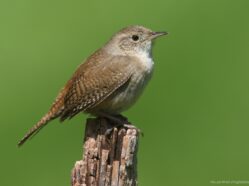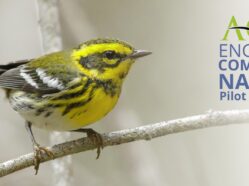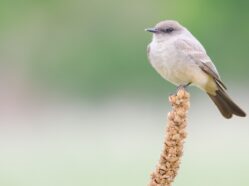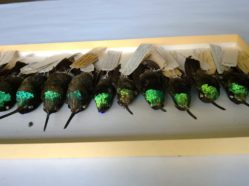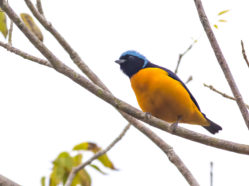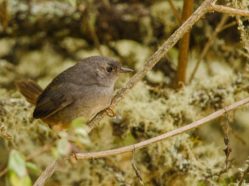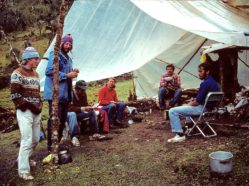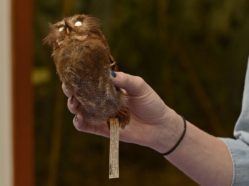English Common Bird Names Member Forum: Thank you for your feedback!
The AOS held a forum at our 2024 Annual Meeting to give our members an opportunity to share their collective wisdom to guide the English Common Bird Names pilot. Learn more about this discussion.

